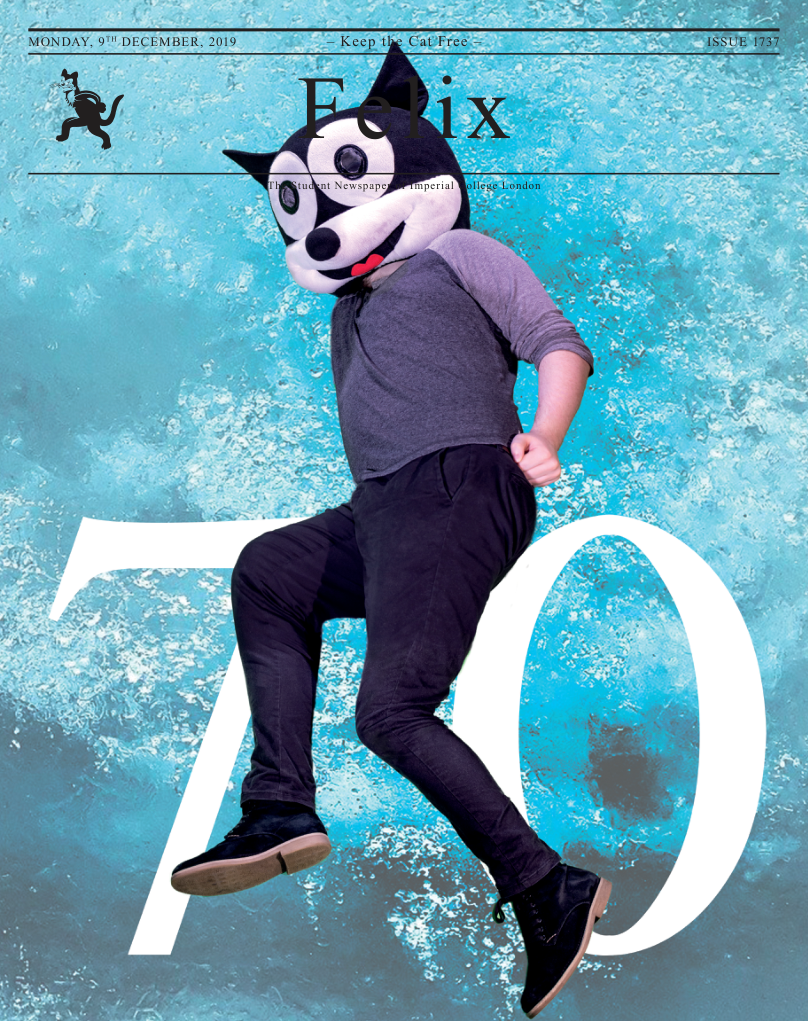Is It Art if Everybody Hates It?
They say that beauty is in the eye of the beholder. But what if there is a universal concensus that an artist’s product is bad? Does aesthetic value mean nothing? Laura Casas attempts to unravel this conundrum...

Van Gogh, while alive (1853-1890), only sold one painting. Though we all agree that The Starry Night (1889) and Sunflowers (1888) are artworks, people of the time detested or at least ignored these canvases. Thus, was it not art then and it is now? Was it always art?
In contrast, other masterpieces were acclaimed by public and critic from the very first moment. The Persistence of Memory by Salvador Dalí, a meaningful work of Surrealism, was taken to the MoMa shortly after being painted. Pride and Prejudice received wonderful, favorable reviews referring to Jane Austen as “the professional woman writer”. The Pieta was enthusiastically acclaimed from the beginning, launching Michelangelo’s dazzling career.On the other hand, Van Gogh’s case of posthumous success is not unique. Many other painters, like Monet and the impressionists, had similar problems. The Rite of Spring’s premiere (Igor Stravisnski, 1913) was a dramatic fiasco. Mozart died in poverty, without receiving his present recognition. The Girl with a Pearl Earring by Vermeer was sold for the current equivalent of €24 .
These examples lead us to the question that entitles the article: Is it art if everybody hates it? According to The Oxford Dictionary, ‘art’ is ‘the expression or application of human creative skill and imagination producing works to be appreciated primarily for their beauty or emotional power’. This could make one wonder if hating a piece means it has an emotional power over them, after all. Certainly, a work can make you feel uncomfortable or even angry, like the very disturbing Collective Invention by Rene Magritte or Saturn Devouring His Son by Francisco de Goya; but for the sake of this article we have referred to hating a work as to loathing it for its absence of worth.
The above definition is not objective, for the meaning of beauty or emotional power is different depending on the person who judges. Not everyone is moved by the same pieces. Even within the most cultured, renowned, and sensitive celebrities there have been different criteria. The cubist movement was extremely criticised by figures such as Gino Severini while others, like Guillaume Apollinaire and Marx Jacob, defended it fiercely. However, there are works that are unanimously acclaimed as masterpieces. Therefore, it is tempting to say that a piece is art if there is enough consensus from a majority of people who feel that their “beauty” or “emotional power” is intense and profound. Although, admittedly, this idea is somewhat vague, taking it as an alternative definition of art, the answer to the question “is it art if everybody hates it?” would be “no”, given the lack of consensus about its value.
Anyhow, this is not a satisfactory conclusion for it does not shed any light on episodes like Van Gogh’s. Given that art is very subjective, the fate of a work depends on the collaboration of the spectators. If they don’t have enough tact and receptivity, a marvel could pass unnoticed. Cultivating the sensitivity of the observer is key for the work to be properly appreciated. This is why time plays an essential role in this discussion. Continuing with Van Gogh’s example, 19th century education was much poorer than the current one, thus people were not exposed to artistic forms as much. The society was less prepared to evaluate potential art. This also explains why the very innovative works were often unsuccessful: there was hardly anyone with the right sensibility to enjoy them.
Let us now explore a complementary point of view to the original idea: would having a single person like it be a sufficient condition to call it art? Accepting such premise can create rather interesting situations. One of various examples is the pineapple incident that took place in an art gallery in Aberdeen, Scotland in 2017. The one-pound-pineapple which a student left as a prank on an empty stand became a masterpiece when employees protected it with a glass display case. Some claimed to understand the meaning of this supposed work of art. A theory jotted down by the New York Times was that “the pineapple symbolized the U.K. leaving the E.U., standing alone, attempting to survive, cut off from the outside world”. As evidenced, this tropical fruit seemed to have been liked by some. Ergo, by this logic, the pineapple would be art.
Giving a random pineapple art status seems rather ridiculous. One mistake of this reasoning is that liking a piece does not imply by itself that it has emotional power, e.g. a good sewage system. Similarly, admiring a work by its technical difficulty (without this being the case of the pineapple) is not synonym of feeling its beauty. We can enjoy how an extremely difficult violin piece is played by a virtuoso. However, this does not endow the piece or the performance with artistic value, unless we have been touched by it. As can be inferred by its definition, art is not something that you evaluate, but something that you feel. Vanessa Marianna from Daredevil (TV) explains this idea when, referring to a white painting, she tells Wilson Fisk that “it’s not about the artist’s name or the skill required (...) All that matters is, how does it make you feel?”
Let us conclude trying to answer to the initial question: Is it art if everybody hates it? The answer is “no” given the absolute lack of consensus about its value. But it would be more cautious to answer “not yet”, leaving a door open to a future recognition (which of course may not always come). If somebody is touched by a work, which is however hated by most, they can legitimately feel that it is a work of art, given the subjectivity inherent in the artistic appreciation, and hope that time will prove them right.









